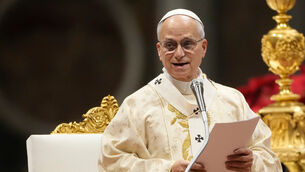Italians told don’t spend a penne on pasta in protest
The price of basic commodities are being driven up by middlemen, while farmers and producers’ earnings remain flat, activists said at protests in Rome, Milan and Palermo.
In the case of pasta, Italians will soon be paying up to 20% more for their daily serving of fettuccine, linguine or spaghetti. Picking on Italians’ staple to draw attention to their cause, consumer groups called the one-day pasta strike yesterday, not against eating it, but against buying it.














